Introduction to Electric Fans
Electric Fans are everywhere. We use them in our homes, offices, industries, factories, cars, computers, trains, etc. to circulate air and cool down the room (or an area/surface). Depending on the type of power supply, there are three types of electric fans:
AC Fans: These fans run on AC mains power supply. The majority of electric fans fall under this category (including the main product of this article, the Ceiling Fan). DC Fans: These fans run on DC supply, either a regulated DC Power Supply or a battery. We use DC Fans in computers and portable fans. They are rarely used as mainstream fans nowadays as AC power supply is available everywhere and AC fans are easy to make and use. AC / DC Fans: Finally, we have the AC / DC Fans, which can run on both AC as well as DC power supplies. Hence, these fans are sometimes are known as Universal Fans.
Let us now see the different styles of electric fans that we commonly encounter in our daily lives.
Ceiling Fan: It is the most popular fan that we use in our homes to circulate air and cool the room. We will see more about this in the next section.
Table Fan: You can put this fan on a table or a stool and also shift it easily from one room to other. It is a compact device where the rotor is fixed in the stator with an air gap and the base of the fan houses the capacitor and the regulator. Table Fans usually include an oscillating mechanism to oscillate the fan within certain fixed angles.
Pedestal Fan: The working of the pedestal fan is very similar to that of a table fan except that the entire fan is mounted on a stand with adjustable height.
Exhaust Fan: It is used to push out or exhaust hot air, fumes, and smoke from a room. They are typically installed in kitchens, bathrooms, garages, etc. Unlike table and pedestal fans, exhaust fans are fixed at the place of installation and do not oscillate.
Some other commonly used fans are Cabin Fans and Air Circulating Fans.
The Ceiling Fan
Let us now focus on the Ceiling Fan. We use ceiling fans in our living rooms, bedrooms, kitchens, etc. by hanging them from the ceiling. They are usually specified by the size of the blade span such as 36” (900mm), 48” (1200mm), and 52” (1300mm) being the popular options. The following image shows the different mechanical parts of a typical ceiling fan.
But we are interested in the electrical aspect of the ceiling fan and here are the important electrical parts of a ceiling fan. Stator: The stator, which is the stationary part of the ceiling fan’s motor, consists of two windings: Main Winding and Auxiliary Winding. A shaft or a rod pipe holds the stator. Rotor: The Rotor is the rotating part of the ceiling fan and we attach the wings/blades to the rotor. In terms of motor, the rotor is similar to a squirrel cage rotor with bars of copper or aluminum (or windings). Capacitor: As a Ceiling Fan is essentially a Single-Phase Motor, it is not self-starting. To make the motor automatic (self-starting), we use a capacitor in series with the auxiliary winding. Regulator: We may not want to run the ceiling fan at one speed at all times. This is where a Regulator comes in handy. We can use a regulator to regulate or set the speed of the ceiling fan. Earlier regulators are simply variable resistors in series with the ceiling fan motor. At low fan speeds, the energy is wasted by the resistor as heat and hence, energy is not saved but it is wasted.
Most modern regulators are electronic in nature with solid-state components like DIAC and TRIAC.
What is the Need for a Ceiling Fan Capacitor?
Before understanding the need for a Ceiling Fan Capacitor, we need to first learn how a ceiling fan motor works. The motor in a ceiling fan is essentially a single-phase induction motor. It contains a Rotor (the rotating part), the stator (the static or stationary part), and a capacitor (the mystery object for now). Further, the stator winding consists of two parts: main winding and auxiliary winding. For the time being, assume, there is only the main winding in the stator. When AC Mains electricity passes through the main stator winding, it produces fluctuating magnetic field. As per the concept of Double Revolving Field Theory, a fluctuating magnetic field is a sum of two oppositely rotating magnetic fields. These two rotating magnetic fields produce an equal and opposite force on the Rotor and as a result, the rotor doesn’t rotate. For the rotor to rotate, one torque must be greater than the other. This is where the auxiliary winding and the capacitor come into play. The capacitor is connected in series with the auxiliary winding and it creates a phase difference between the currents in the main winding and the auxiliary winding (as current leads voltage in the capacitor by 90o). As a result, one rotating magnetic field becomes greater than the other and a net force acts on the rotor, which in turn makes the rotor rotate. So, now it might be clear as to why we need a capacitor in the ceiling fan (to provide the initial torque and essentially make a single-phase motor self-starting). Can we rotate the rotor of a single-phase motor without auxiliary winding and capacitor? The answer is yes. But there is a catch. In the case of a single-phase motor with only main stator winding, you can rotate the rotor by placing an already rotating rotor in the fluctuating magnetic field. The same principle works even for ceiling fans. In case we remove the capacitor or it is damaged, you can provide the initial torque by pushing the wings in the direction of the rotation of the fan and it will continue to rotate.
Ceiling Fan Motor Circuit Diagram
Electric Motors which use capacitors are Capacitor-Start Motor, Permanent Capacitor Motor, and Two-Value Capacitor Motor. The ceiling fan falls under the permanent capacitor motor as the capacitor in series with the auxiliary winding is always connected to the circuit. Such capacitors are known as Run Capacitors and they have a typical capacity of 2 to 70 microfarad with a voltage specification of 400V. Ceiling Fans, Table Fans, Pedestal Fans, etc. all use Run Capacitor in series with the auxiliary winding. Fun Fact: You can easily change the direction of rotation of the ceiling fan by connecting the capacitor in series with the other winding. The following ceiling fan motor circuit diagram shows a capacitor connected in series with the auxiliary winding.
Symptoms of a Bad Ceiling Fan Capacitor
It is clear that a capacitor plays a very important role in the operation of a ceiling fan. But what if the capacitor is damaged? What are the signs of a bad capacitor? How to fix or replace a ceiling fan capacitor? Let us try to answer all these questions. First, if the ceiling fan capacitor is damaged, then the ceiling will either completely don’t start or start rotating but at a very low speed. You cannot repair or fix a damaged capacitor. The only thing you can do is to replace the capacitor entirely. As mentioned earlier, ceiling fan capacitors have a capacity in the range of 2 to 70 microfarad. Check with the manufacturer of your ceiling fan for the correct value or better, climb up a ladder and take a look at the value of the existing capacitor. Buy a replacement capacitor. Warning: If you are uncomfortable working with AC mains related equipment, you can always call a professional. But if you want to replace the capacitor by yourself, then take necessary safety measures like turning off the switch or circuit breaker. Now, open the access cover to the capacitor. Different brands of ceiling fans have different mounting mechanisms for the capacitor. Using a screwdriver, unscrew the existing capacitor from its place and connect the new capacitor in its place. The good thing about the ceiling fan capacitor is that it is non-polarized. This means you can connect the capacitor leads in either way.
Conclusion
An introductory article on Ceiling Fan Capacitor. We hope this article helped you in understanding the working of a ceiling fan, the need for a ceiling fan capacitor, signs of a bad capacitor in a ceiling fan, and also how easy it is to replace the capacitor. If you have any suggestions for improvements, please comment below. Comment * Name * Email * Website
Δ



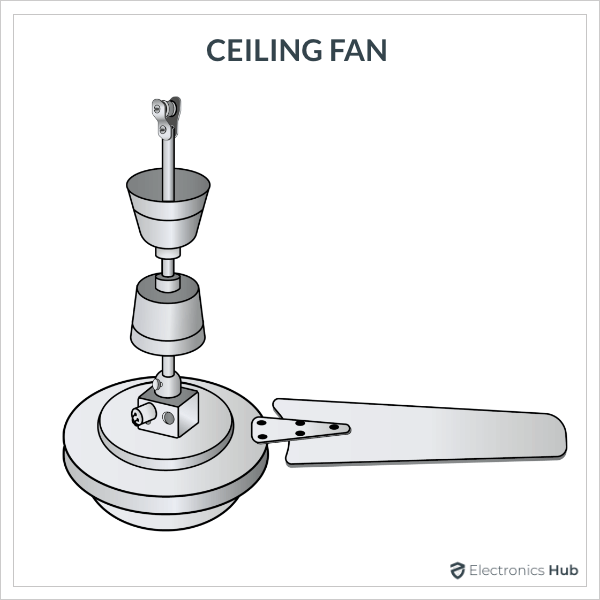
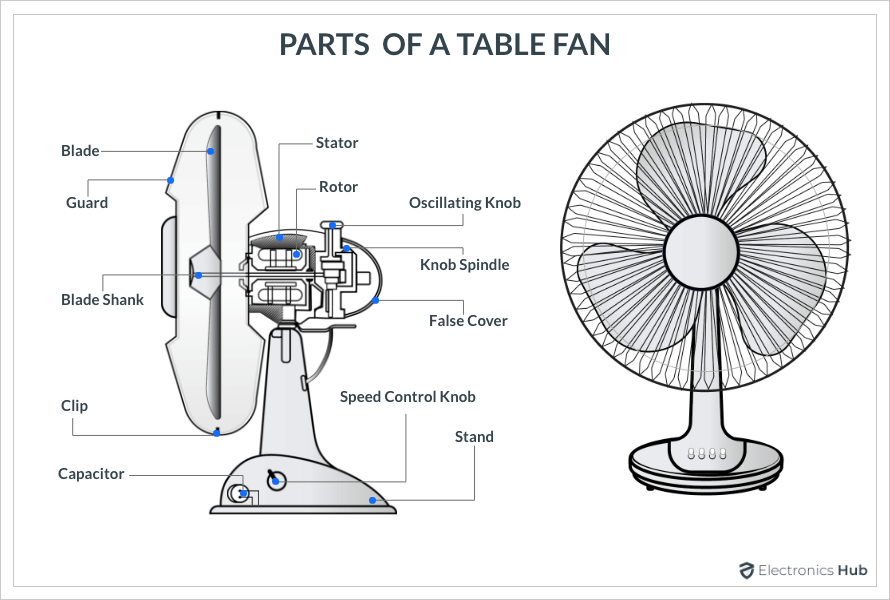
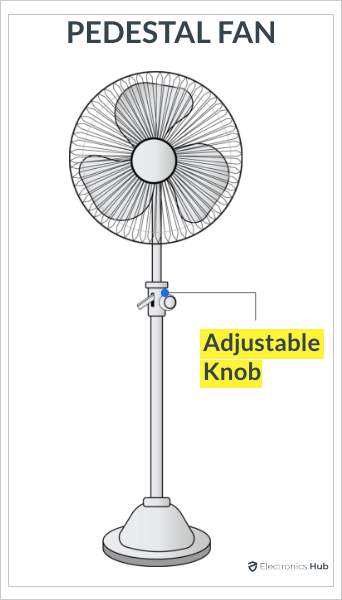
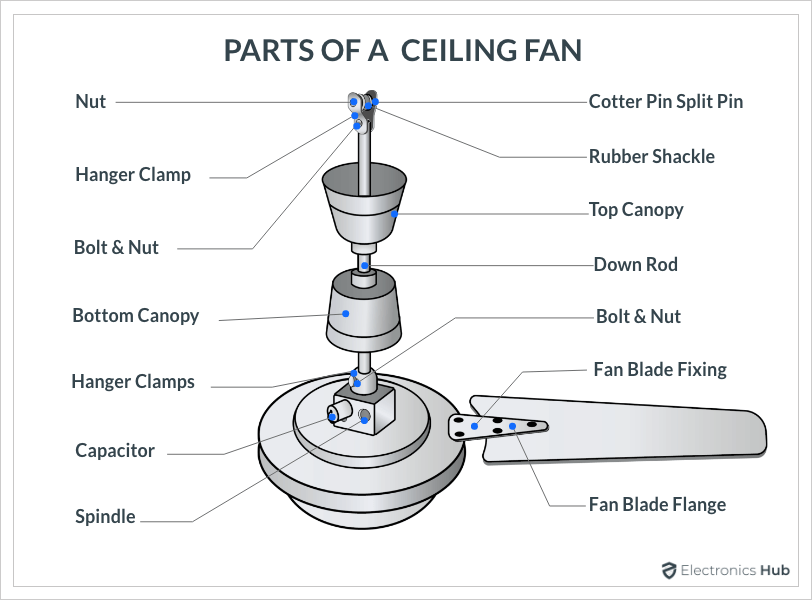

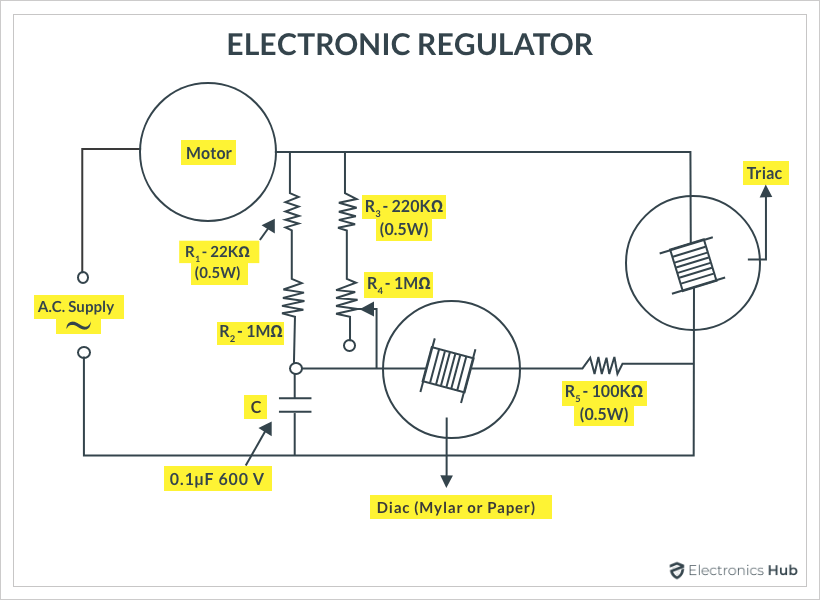
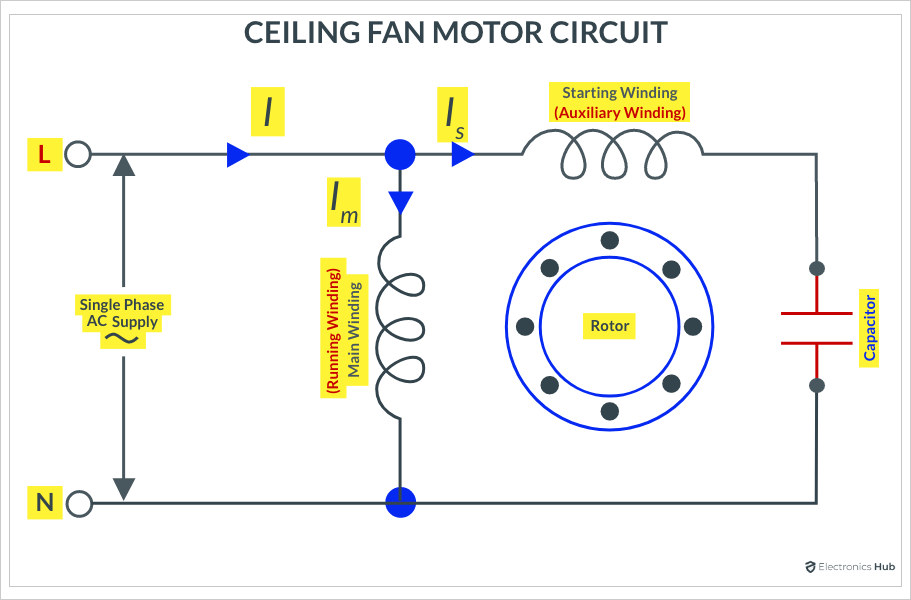


![]()